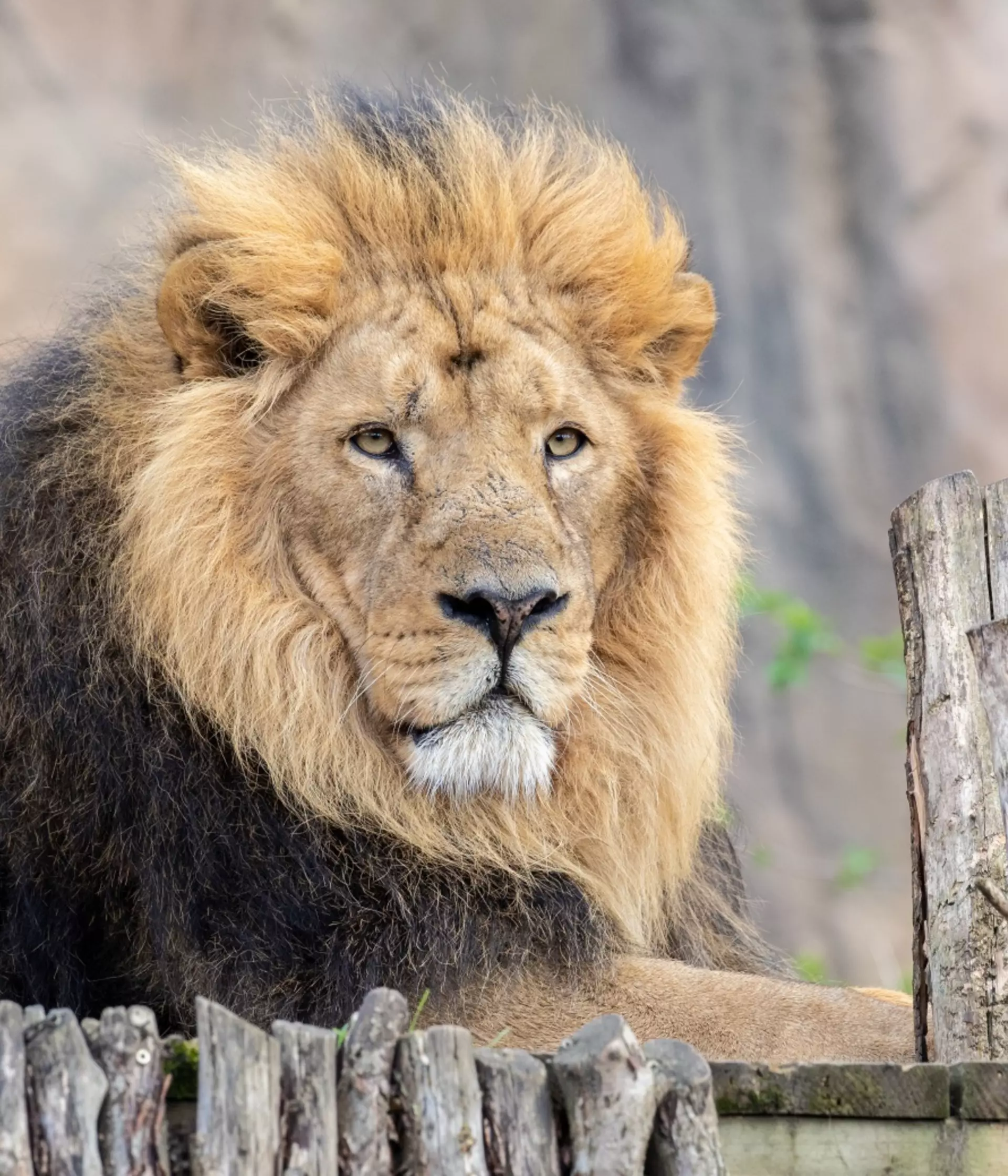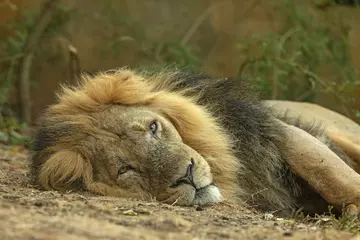
It’s been nearly six months since the Zoo’s newest exhibit, Land of the Lions, opened to the public. The result of years of research, planning and design, the new Asiatic lion enclosure was the most ambitious building project the Zoo has ever undertaken, and the many staff involved were rightly in a celebratory mood when HM The Queen and HRH The Duke of Edinburgh officially opened the exhibit on 17 March.

Their work was done. But for the zookeepers who look after the lions who now call Land of the Lions home, the work was only just beginning.
Good animal husbandry - the umbrella term used when we talk about how we look after our animals - is a mix of research, attention to detail and patience. It involves not only the obvious feeding and mucking out that goes on every day in every enclosure at London Zoo, but hours spent getting to know each individual animal and attending to their unique needs.
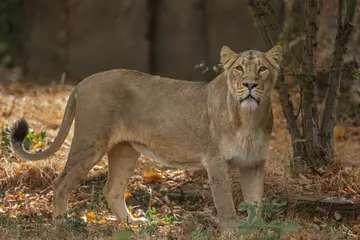
We spend a lot of time providing enrichment and training for all the animals at both our Zoos, so that when we need to carry out vital veterinary checks to monitor their health, it is a stress-free experience for both the animals and the team of dedicated people who care for them.
As one example, training a lion to offer up its tail willingly by rewarding him or her with their favourite food so that we can perform simple procedures such as blood tests, is a much better alternative to anaesthetic.
But we don’t just train a species, we train an animal - just like people, every animal has different personality traits and behaviours that mean their training need to be tailored specifically to them.
Land of the Lions is home to our Asiatic lion pride: sisters Heidi, Indi and Rubi were all born at London Zoo, while our male lion, Bhanu, came to us from Assiniboine Zoo in Winnipeg, Canada.
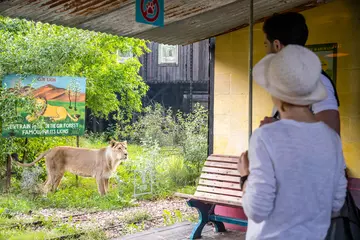
While Land of the Lions was being built, the lionesses took a vacation at our sister site, Whipsnade Zoo, and when they arrived back in London it was to a home that was five times larger than their previous one.
I worked closely with their team of keepers to help them settle in, using positive reinforcement training to help them get the most out of the new space. Positive reinforcement means rewarding them when they display an action we’re looking for, whether that’s coming to a specific area for food, or showing their paws for a quick condition check.
Our male lion, Bhanu, has taken a little longer than the females to settle into his new home. He arrived at Land of the Lions in early March, where he had access to both indoor and outdoor dens, as well as the grassy terrain of his new home, which has multiple paddocks and provides our lions with a multi-sensory experience.
The trees make excellent scratching posts, raised areas offer a nice high vantage point, and there are lots of cool grasses to shade from the sun.

Bhanu has chosen to spend a lot of his time sleeping and relaxing in his back den. Lions spend up to 20 hours a day sleeping, so this isn’t unusual, and we are pleased he is enjoying his private space. If you’re lucky enough to spot him, he is most often seen in the railway station paddock, eating on the train tracks.
Keepers and trainers have been working closely with him to help him make the most of all the space in his incredible new home, which - as with all animal care in the Zoo - is an ongoing process.
We’re using a variety of different enrichment and training methods to help him explore his new territory, including target training, recall training and zipline enrichment feeds.
Target training encourages him to explore different areas of his paddock by associating the keepers and the paddock with a reward, while recall training – calling Bhanu by his name or with a whistle - helps keepers to move Bhanu to different areas of his enclosure, be that to clean out his paddock, or to let the vets give him a health check.
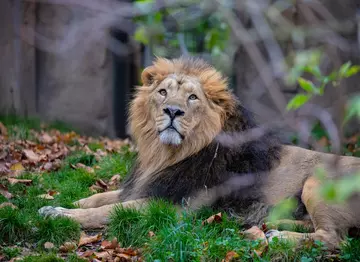
The keepers have recently installed a zipline in the paddock. This enables Bhanu to show off his natural hunting skills as he chases his food by pawing, jumping and pulling at various meaty treats suspended from the wire, which is a great form of enrichment.
Our work with all the animals at ZSL London Zoo is continually adapted so we can meet their ever-changing needs. We share what we learn with our teams of conservationists all over the world, which supports their important work on the ground.
Working with an animal like Bhanu - and seeing him progress - has been an incredibly rewarding experience, and one I continue to be amazed by.
Introducing animals to each other can be a slow process, but ultimately Bhanu will spend more of his time getting to know our three lionesses, so that we can hopefully one day welcome new lion cubs to London Zoo.
As part of the European Endangered Species Programme, Bhanu and his pride are vitally important – not just to the keepers who care for them and the visitors who are inspired by them, but for the very future of this Endangered species.
